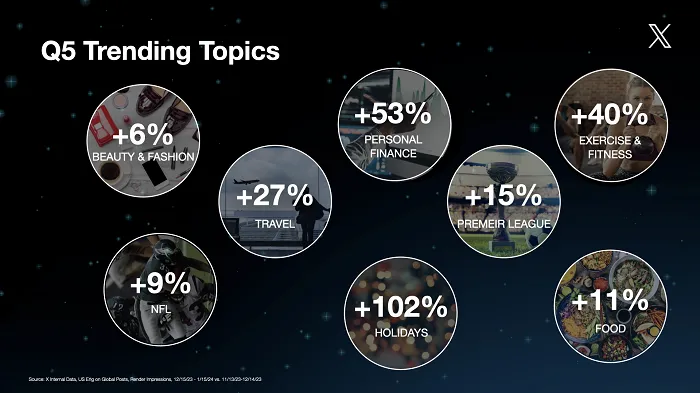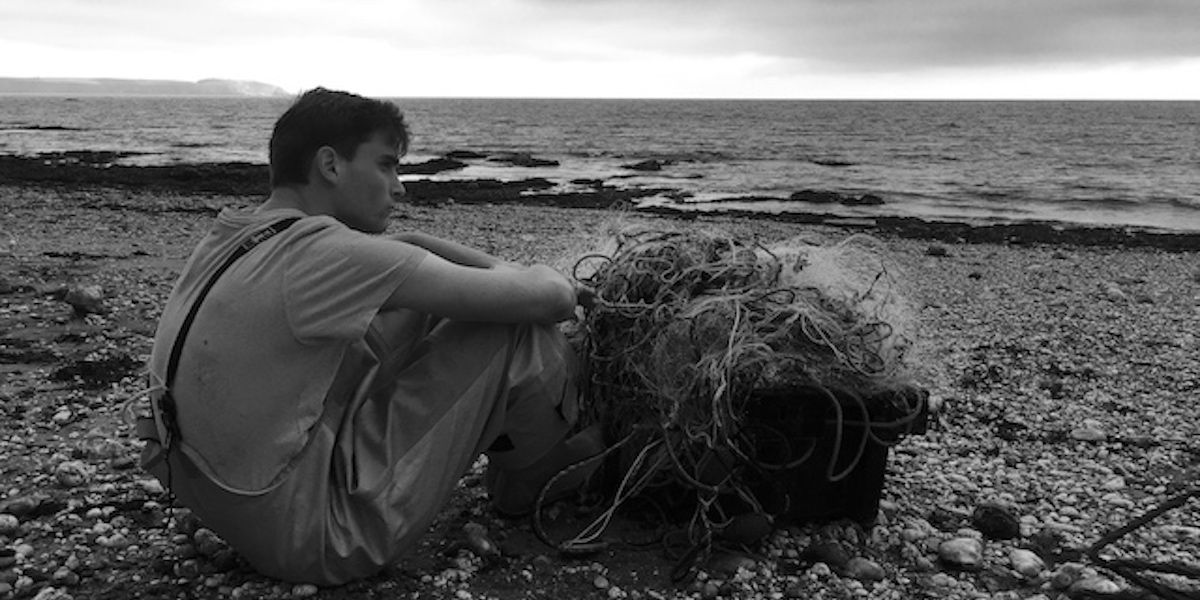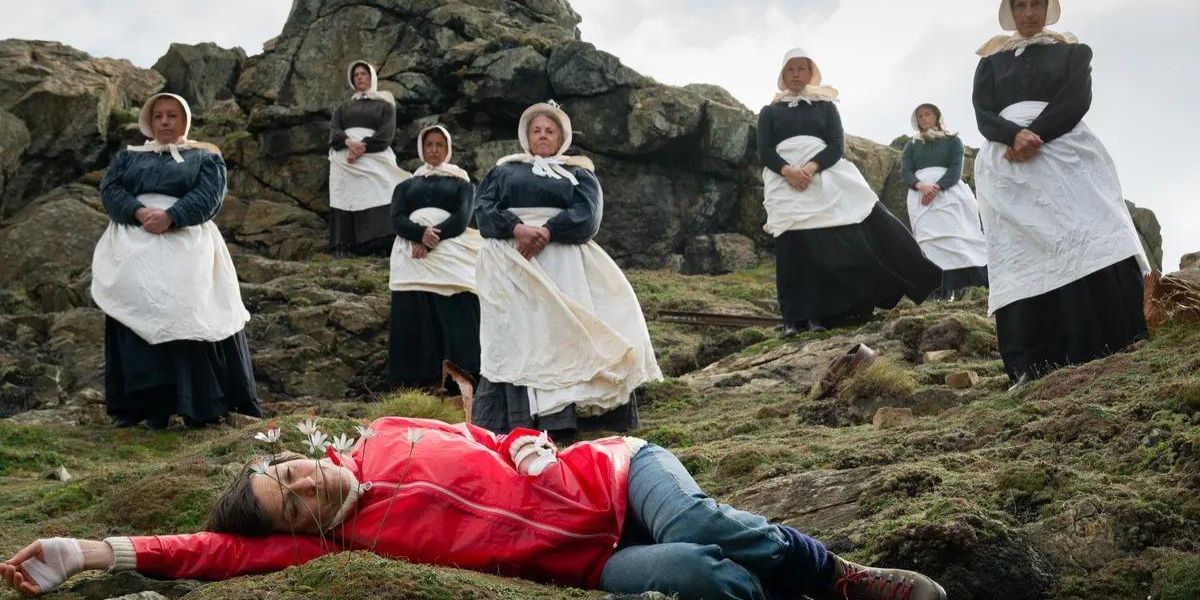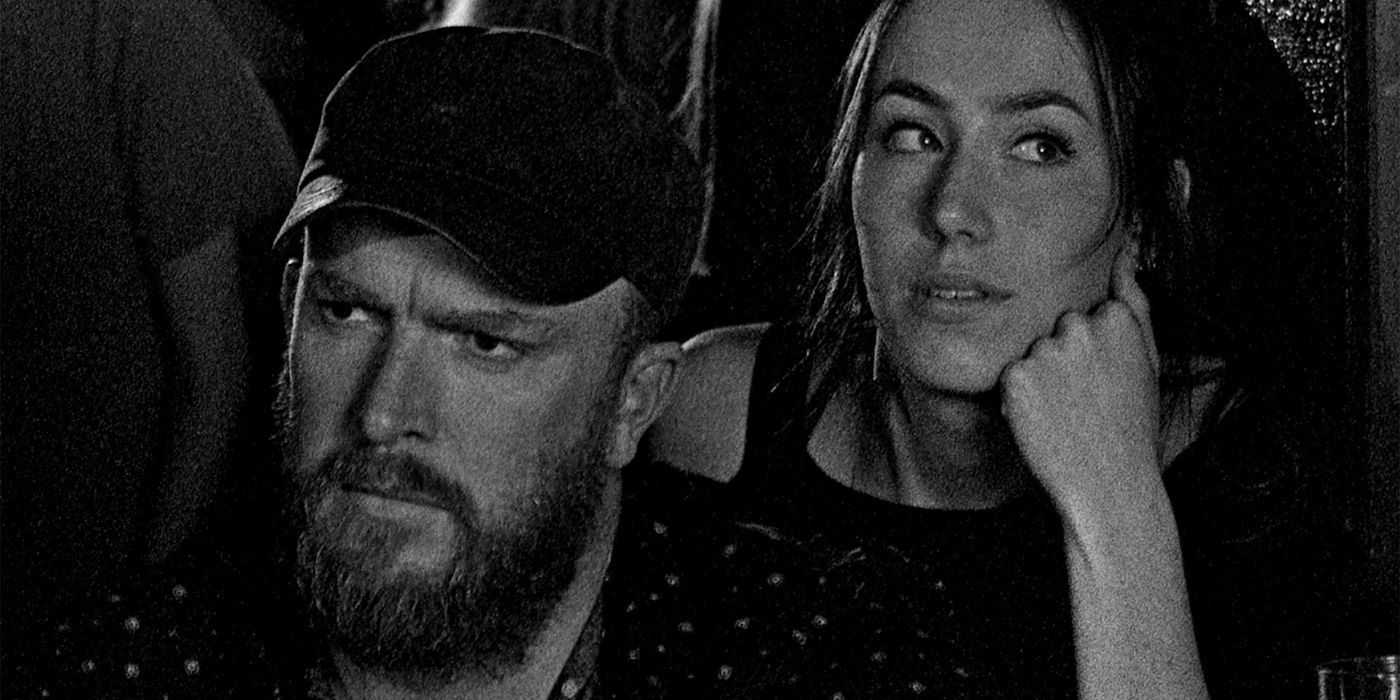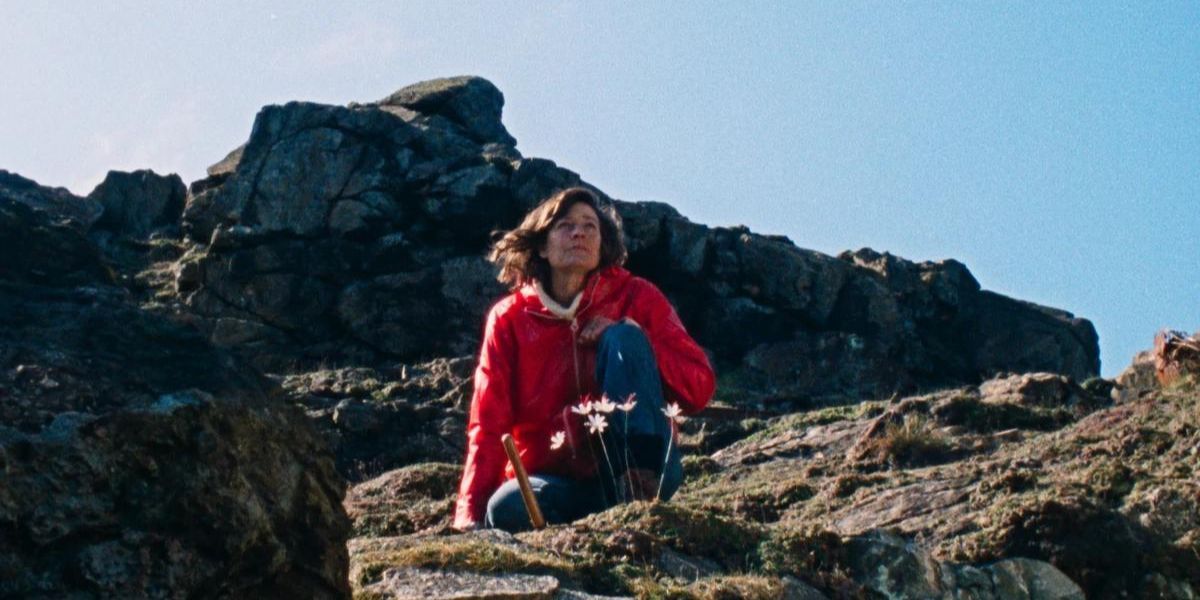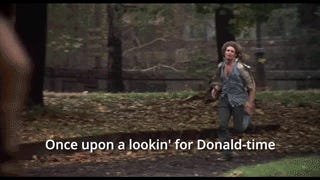The Big Picture
- Mark Jenkin’s films Bait and Enys Men establish Cornwall as a central character, portraying the challenges faced by locals due to tourism.
- The vintage filming techniques used by Jenkin give both films a distinct visual style and create a tangible atmosphere.
- By utilizing the traditional Cornish dialect and highlighting the importance of history, Jenkin’s films convey a timeless quality and explore the impact of modern life on the region.
Cornwall is the English county famed for its stunning coastal beauty and historic villages which have turned it into a sought-after destination. However, more recently it may be recognized as being the home of innovative, startling, and vaguely unsettling cinema. Mark Jenkin is the one to thank for the bold new addition to cinema, as the inventive director hailing from Cornwall who also fits the description of a skillful screenwriter, cinematographer, and producer. He won the 2020 BAFTA award for Outstanding British Debut with his first feature film Bait (2019) and followed it up a few years later with Enys Men (2022), both of which he also wrote. Both features establish Cornwall as their setting, theme, plot, and arguably, as their main character. Bait and Enys Men could also reasonably be categorized as two of the freshest entries into horror of the last few years – especially Enys Men – but the haunting films also seem to create a wholly new genre of their own, blending drama, folk, and at times, thriller. With these films, Jenkin triumphantly puts Cornish cinema on the map.
Mark Jenkin Places Cornwall Front and Center in His Movies
In Bait, the references to Cornwall are mostly grounded in a sense of reality, with the plot being driven by a real-world, increasingly critical threat that has been faced by Cornish locals in modern times. Tourism, whilst making up the second-biggest sector of the region’s economy, has put a huge strain on the popular summer destination and its native residents, according to The Guardian. From pollution and litter to the pricing out of those who originally lived there, it’s increasingly evident that enjoying the area’s natural beauty can come at a high cost.
It is many of these issues that Mark Jenkin presents in Bait, which follows the local fisherman Martin Ward (Edward Rowe), who has lost his boat and childhood home – and later in the film, tragically, a close family member. The practical instruments of his life-blood have now been sold or repurposed to meet the self-serving wishes of oblivious tourists and exploitative new business owners from London, who capitalize on the rocketing tourism for the rowdy fun or additional wealth it can bring them, respectively. Nobody says much in this movie, but when they do, it adds to the building evidence of what’s at stake for people like Martin. We feel deep sympathy for Martin, or “Mar” as he’s often referred to, as he advocates for survival on his own terms.
‘Enys Men’ Continues Mark Jenkin’s On-Screen Portrayal of Cornwall
Enys Men, on the other hand, which translates to “Stone Island,” features an unnamed volunteer (Mary Woodvine) on a remote island, as she records her findings relating to a particular variety of flowers. During her repetitively structured inhabitance, the volunteer diligently notes her observations, and we start to wonder whether the people she sees during her stay are ghosts denoting Cornwall’s rich history, or figments of her mind in the starkly isolated environment, whether memories or hallucinations. These apparitions beguile, haunt, and even keep her company, and prove inseparable from the setting. The island which is situated off the coast of Cornwall thus becomes the film’s intent focus, with its naggingly present historical events, including the formidable menhir memorializing those lost to the wild sea, and the men who still lurk in the dark mines. In Enys Men, Cornwall is a place, a time, and a feeling, so all-encompassing that it eventually takes over the volunteer, crawling over her body in the form of the lichen she meticulously documents.
Mark Jenkin Uses Vintage Filming Techniques Used to Startling Effect
Cornwall is immortalized strikingly through Mark Jenkin’s gaze. Shot in monochrome, and on 16mm film, Bait is a visually original artwork, taking old styles of filming and birthing them anew. Enys Men is also captured using the same process, except in color. The result in both films is distinct, demonstrating Jenkin’s instinctually unique style. Capturing the films in this way also required adding the sound effects and dialogue afterward, which are thus layered on top of the films, establishing an odd feeling of detachment as if no matter how invested the viewer may be, they can never really sink their teeth into the gorgeously rugged scenery. Perhaps it serves as a warning to those wanting to claim a slice of the celebrated seaside location for themselves.
In contrast to this, the crackling film and manual processing give Bait and Enys Men a tactile, tangible feel; there may be a barrier to Cornwall and its characters, but the viewing process is to be played with and savored. The camera frequently pauses and lingers in shots, allowing the viewer to read a deeper meaning in a shot that in another movie might just sit statically as another “picture-postcard” visual landscape. Jenkin’s experimental processes imbue the films with a swimmy, hazy, and often odd, although not unenjoyable, atmosphere.
Mark Jenkin’s Cinematic Worlds Are Distinctly Vintage & Timeless
While Bait is set in the present day, and Enys Men in 1973, the only evidence of Bait‘s present-day setting is the occasional glimpse of a mobile phone or a laptop. Other than this, both films seem to hearken back to times past, whilst floating in a time all of their own. Traditional Cornish dialect is utilized, which could both delight and alienate the audience, reminding them exactly whose toes they would be stepping on and what weighty history would greet them on entering these worlds. Furthermore, the overlapping actors in both films, including Rowe and Woodvine, add to the sense of timelessness. The same people make an appearance time and time again in these weather-beaten, sea-frontiered settings, just in different forms.
The antique filming techniques that Jenkin uses also firmly place the films in the atmosphere of times gone by, and the shots of old radios and vintage clothing in Enys Men, and the traditional industry of fishing in Bait reinforce this. Underscoring the importance of history in everyday Cornish life, Jenkin highlights the vital traditions that modern life may be stripping the area of. It is telling that the only modern technology in sight is that used by the affluent visiting family, who come to mine the coastal location for its picturesque riches. “We don’t see a penny,” Martin heartbreakingly, and perceptively, concludes.
Cornwall’s past, present, and future are dreamily – and nightmarishly – captured in both Enys Men and Bait, Jenkin’s arresting works which have earned the status of putting Cornish cinema on the map.



























































